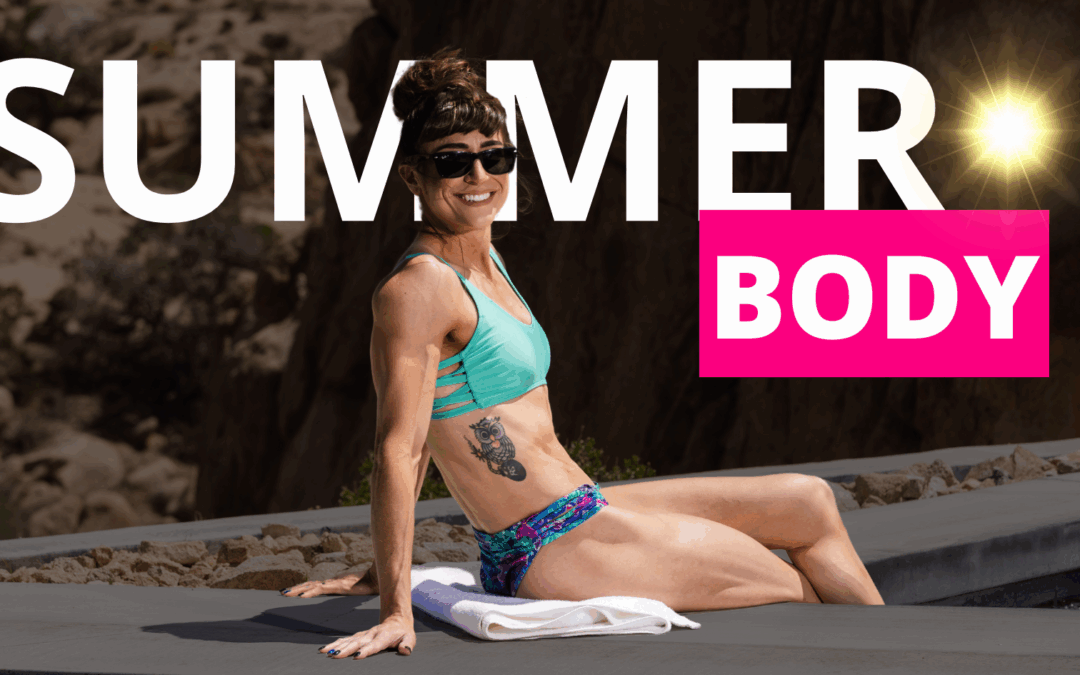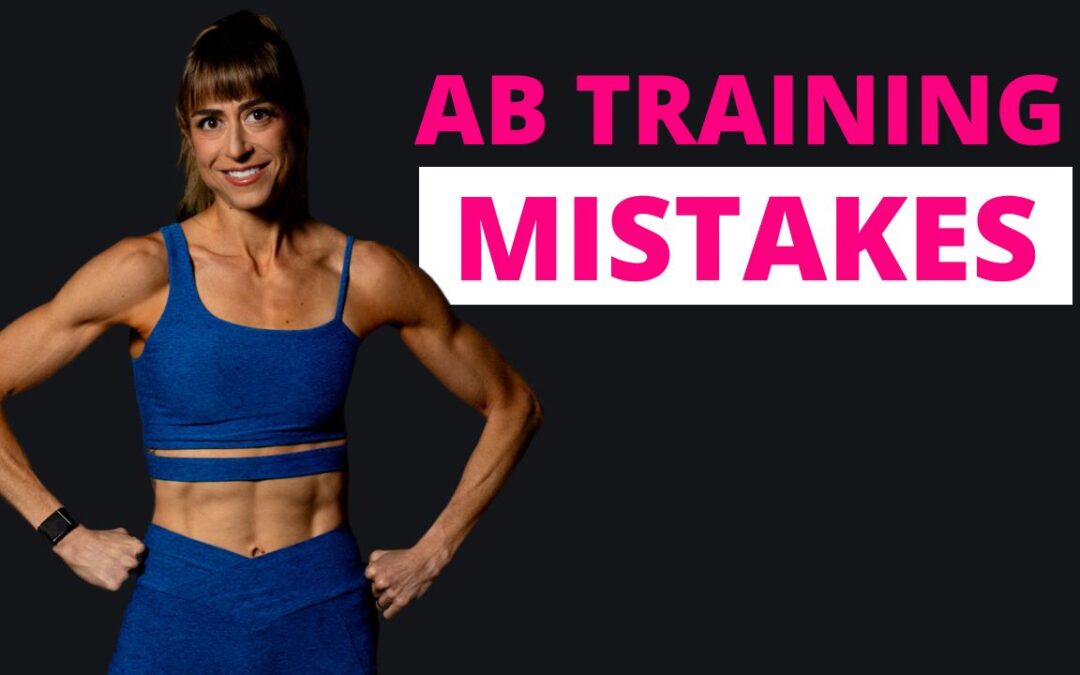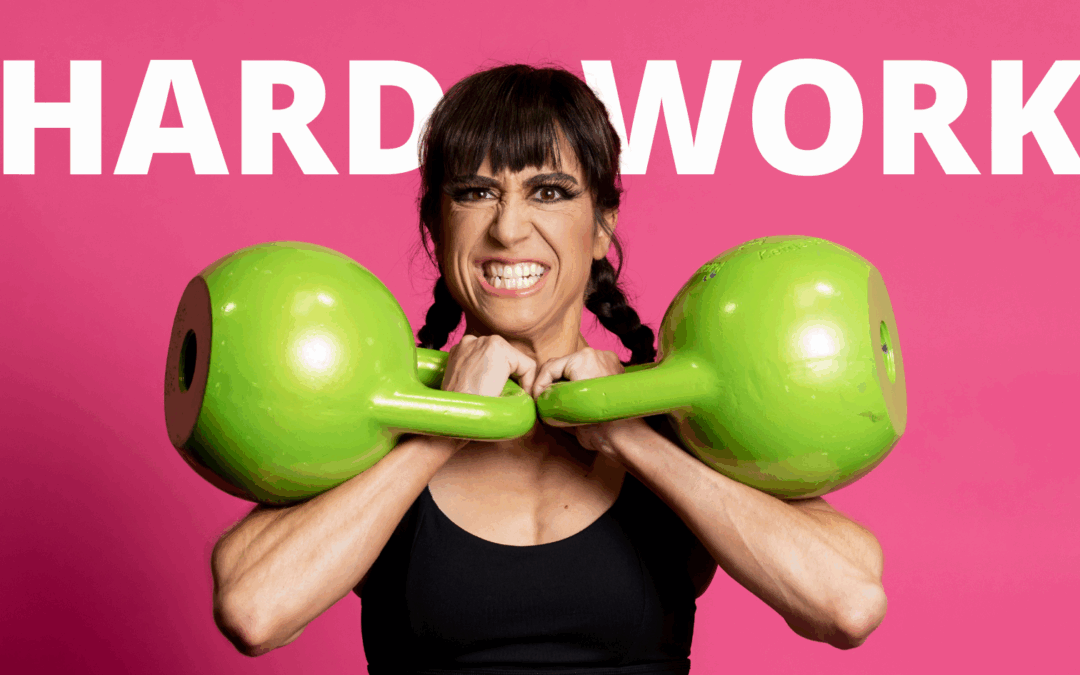
by Cori Lefkowith | May 15, 2025 | podcast
Listen: Change Requires CHANGE If you’re feeling stuck and know deep down that you could be doing better, don’t wait any longer. Your life is not going to change until you take action and make a bold move towards your goals. If you’re ready to take control of your...

by Cori Lefkowith | May 11, 2025 | Blog, Exercises, Workouts
“I don’t have enough time.” Sorry I’m calling BS on this one. And before your storm off clicking back, hear me out… What we value, we prioritize. And what we prioritize, we MAKE time for. We FIND the time. Yes, there are finite hours in the day, but we give up some of...

by Cori Lefkowith | May 8, 2025 | podcast
Listen: Change Requires CHANGE If you’re feeling stuck and know deep down that you could be doing better, don’t wait any longer. Your life is not going to change until you take action and make a bold move towards your goals. If you’re ready to take control of your...

by Cori Lefkowith | May 4, 2025 | Blog, Core, Exercises, Pain Relief, Workouts
Feel like your ab workouts aren’t paying off? This video’s your missing link. Because harder moves don’t mean better results. We can be doing all the “right” exercises—and still not see the payoff. Why? Because we’re compensating. Letting our hips or lower back take...

by Cori Lefkowith | May 1, 2025 | podcast
Listen: Change Requires CHANGE If you’re feeling stuck and know deep down that you could be doing better, don’t wait any longer. Your life is not going to change until you take action and make a bold move towards your goals. If you’re ready to take control of your...






